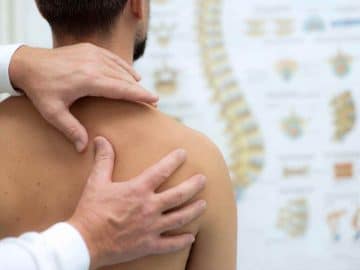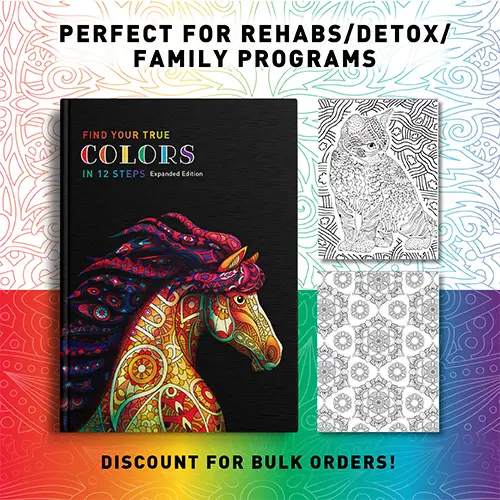Navigating Shoulder Pain Through Exercise and Dry Needling Solutions
Shoulder pain is a common problem that can affect your daily life. In this guide, we’ll look at simple ways to deal with shoulder pain using exercises and dry needling. Understanding shoulder pain and finding solutions for relief and recovery is important.
Understanding Shoulder Pain
There are several reasons why you might have shoulder pain. It could be something simple like an injury or a more complex issue like frozen shoulder or tendonitis. Using your shoulder too much, having a bad posture, and other health problems can cause discomfort. Knowing why your shoulder hurts is the first step to finding the right ways to manage and ease the pain.
The Role of Exercise in Shoulder Pain Management
Doing exercises is a key part of managing pain well. These exercises are meant to strengthen and heal the muscles and joints in your shoulder. To keep your shoulders healthy, it’s important to regularly do rotator cuff exercises, stretches, and mobility drills. In this section, we will discuss different exercises and their benefits. We will also provide simple tips for incorporating them into your daily routine.
What Is Dry Needling
Dry needling is a special way of treating pain. It includes putting thin needles into specific points to help muscles relax and heal. It’s important to understand that dry needling and acupuncture are different. Dry needling targets muscle tension. This part will give a basic understanding of dry needling, getting ready for a closer look at how it can help ease shoulder pain.
The Synergy of Exercise and Dry Needling
Combining exercise and dry needling is a powerful way to manage shoulder pain. Doing exercises strengthens and stabilizes your shoulder. Dry needling targets specific points to release muscle tension, giving better pain relief. This part will show how these two things work together, significantly reducing pain and improving how well your shoulder works.
Tailoring Solutions to Different Types of Shoulder Pain
Knowing that shoulder pain can differ for everyone, it’s important to find solutions that fit each type. This part will discuss how to customize exercises and dry needling for different situations. It covers recent injuries, long-lasting conditions, and recovering from surgery. By adjusting these methods for various types of shoulder pain, we can make a unique and effective plan for each person.
Real-life Success Stories
Hearing real people’s stories, you can see how well exercises and dry needling work. They found relief from shoulder pain. These stories are real examples of individuals who felt much better using these strategies. This part aims to inspire readers, giving them confidence that they can achieve positive results too. They just need to dedicate themselves to shoulder care fully.
Practical Tips for Incorporating Exercises at Home
This part will give easy tips for adding shoulder exercises to your daily life, whether at home or having a busy schedule. Doing exercises correctly and regularly is important. It serves as a guide to improve shoulder strength and toughness.
Seek Professional Guidance
While doing exercises at home is good, getting help from professionals is crucial for a complete and personalized way to manage pain. This part encourages readers to talk to healthcare professionals, like dry needling in Madison WI, for personal assessments and advice. It emphasizes how important it is to have professional guidance in creating effective plans for exercises and dry needling that fit each person’s needs.
Conclusion
In summary, combining exercise and dry needling provides a holistic and effective way to manage shoulder pain. People can regain their shoulder health by understanding the various reasons for shoulder pain, doing specific exercises, trying dry needling, and finding personalized solutions. Real-life success stories and practical tips offer inspiration and actionable advice, highlighting the importance of getting professional help for a well-rounded and personalized approach to managing shoulder pain. This guide is a roadmap for those looking to go beyond discomfort and improve shoulder function and overall well-being.
More Fitness Articles
Recovery Fitness Is A Lifestyle Not Just Exercise
Balancing Intensity and Recovery: The Physical Therapy Connection
Benefits Of Physical Activity For Addiction Recovery
Exercise Screening Could Save Your Life





















